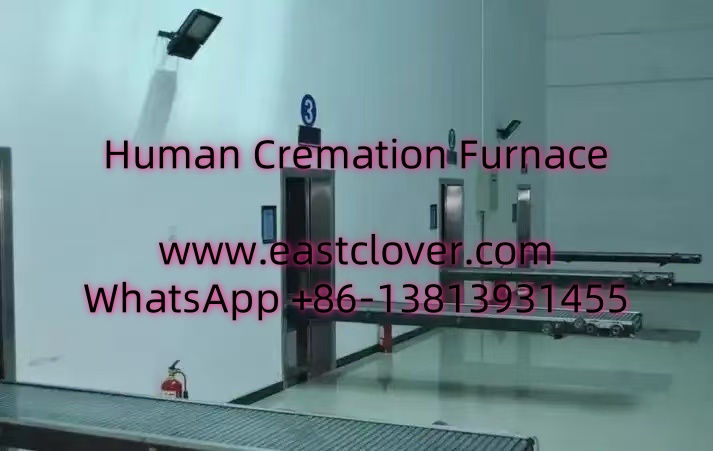Introduction
South Africa faces unique challenges in managing public health and municipal services, particularly in densely populated urban areas. Traditional burial practices, cultural norms, and limited resources have historically influenced how municipalities handle deceased individuals. However, the rise of innovative solutions like mobile cremation furnaces is revolutionizing this sector, addressing public health concerns while respecting cultural sensitivities.
The Challenge of Managing Mortal Remains
In many South African municipalities, overcrowded cemeteries, land scarcity, and the high cost of burial plots have created logistical and environmental dilemmas. During disease outbreaks or natural disasters, the strain on existing infrastructure intensifies, raising risks of contamination and delayed services. Additionally, cultural and religious practices often prioritize burial, complicating the adoption of alternative methods like cremation.
What Are Mobile Cremation Furnaces?
Mobile cremation furnaces are compact, transportable units designed to incinerate human remains efficiently. Unlike fixed crematoriums, these systems can be deployed to disaster zones, remote communities, or areas with overwhelmed facilities. Key features include:
- Mobility: Mounted on trailers or trucks for rapid deployment.
- Efficiency: Reduced energy consumption and faster processing times.
- Eco-Friendly Design: Advanced filtration systems minimize emissions.
- Cultural Adaptability: Configurable to accommodate diverse rituals.
Benefits for Public Health and Municipal Services
1. Mitigating Disease Risk
Mobile units reduce the need for prolonged storage of bodies, lowering the risk of pathogens spreading. This is critical during epidemics, such as cholera or COVID-19, where safe disposal is paramount.
2. Environmental Sustainability
By reducing land use for burials and incorporating cleaner technologies, mobile cremation supports eco-friendly waste management. Emissions are filtered to meet international air quality standards.
3. Cost-Effectiveness
Municipalities save on long-term cemetery maintenance and land acquisition costs. Mobile units also eliminate the need for expensive permanent infrastructure.
4. Cultural Sensitivity
These systems can integrate traditional practices, such as allowing families to witness cremations or collect ashes, bridging the gap between modern needs and cultural heritage.
Case Studies: South Africa’s Pioneering Initiatives
Johannesburg’s Rapid Response Unit
In 2022, Johannesburg’s municipality introduced mobile cremation units to address backlogged funeral services in informal settlements. The initiative reduced body storage costs by 40% and improved outbreak response times.
Cape Town’s Disaster Preparedness Program
Following floods in 2023, Cape Town deployed mobile furnaces to process remains in isolated communities, preventing potential health crises and ensuring dignity for the deceased.
Challenges and Considerations
- Cultural Resistance: Misconceptions about cremation require community engagement and education.
- logistical Constraints: Fuel availability and maintenance in remote areas.
- Regulatory Hurdles: Compliance with health and safety standards across provinces.
www.southclover.com
Mobile cremation furnaces represent a transformative approach to public health management in South Africa. By combining innovation with cultural respect, municipalities can address urgent challenges while building sustainable, equitable services. As adoption grows, these systems may redefine norms around deathcare, prioritizing both community well-being and environmental stewardship.
FAQs
How do mobile cremation furnaces work?
They use high-temperature combustion to reduce remains to ashes, with filters to capture pollutants. Units are transportable and can operate independently of grid power.
Are they affordable for low-income communities?
Initial costs are offset by long-term savings. Some municipalities subsidize services to ensure accessibility.
Do they harm the environment?
Modern systems adhere to strict emission standards, making them greener than traditional burial or older cremation methods.
How are cultural practices accommodated?
Operators often collaborate with community leaders to tailor processes, such as allowing ceremonial observations.
Can they handle large-scale disasters?
Yes—their mobility and rapid deployment make them ideal for emergencies requiring swift, dignified remains management.

Comments are closed